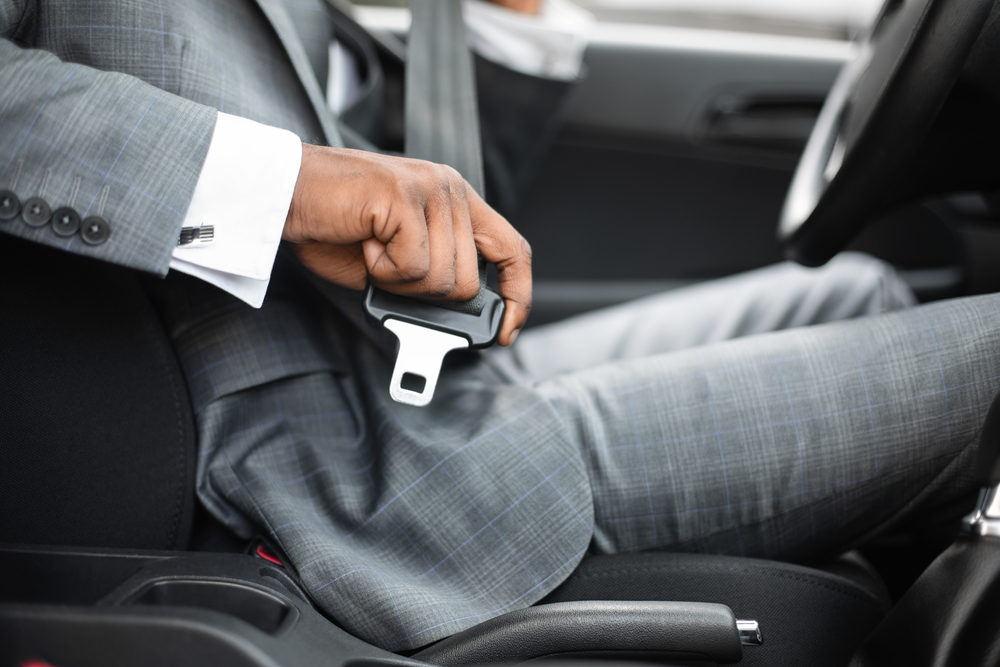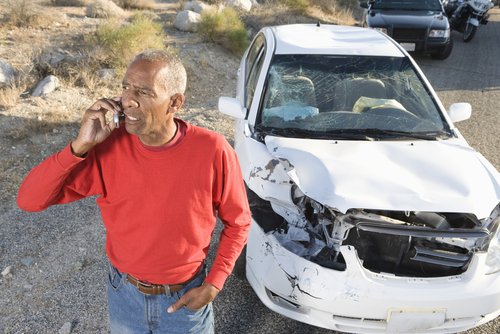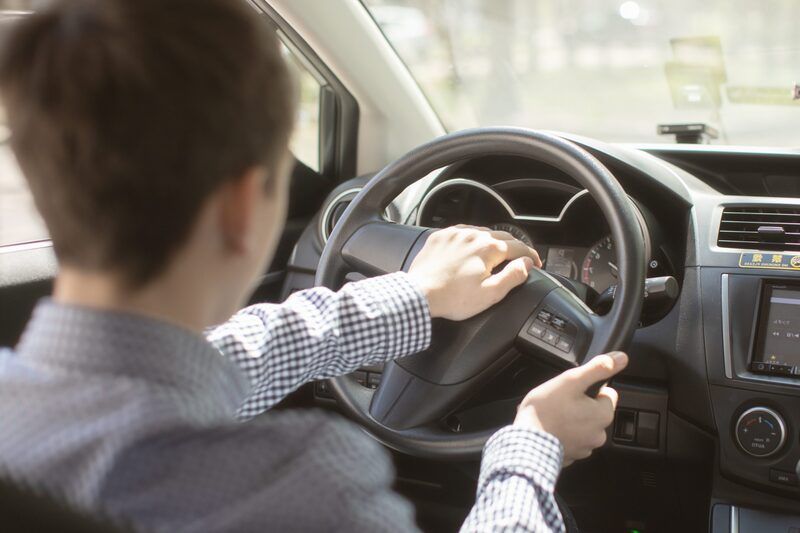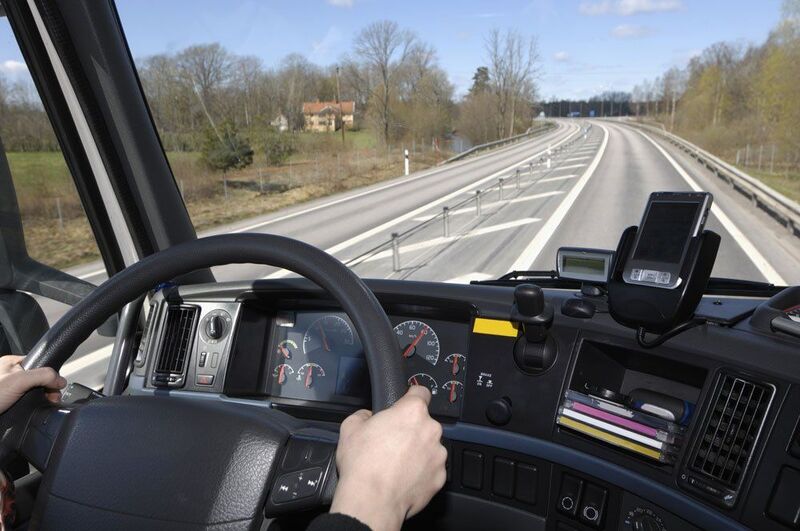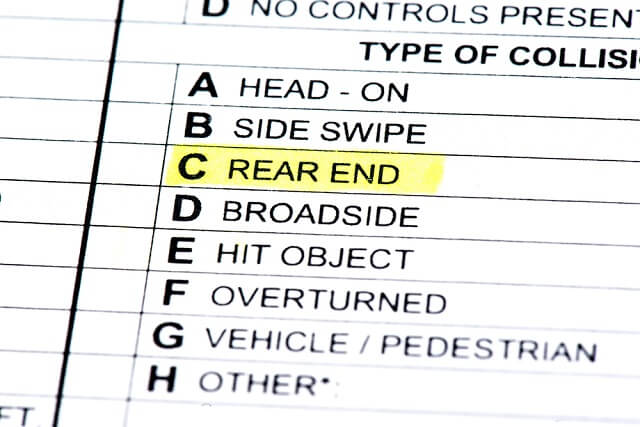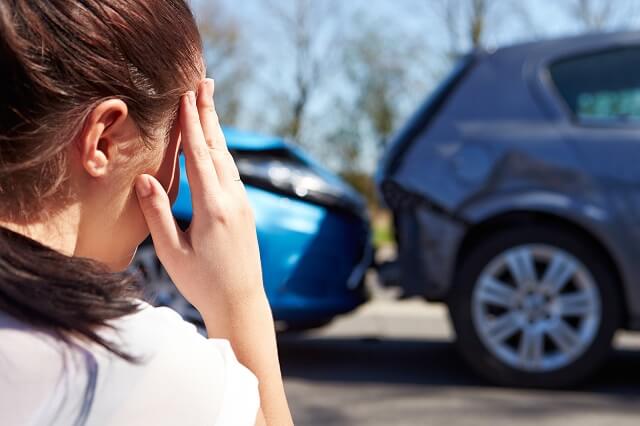
According to a study undertaken by the Federal Highway Administration (FHWA), the presence of a marked crosswalk alone at an uncontrolled location does not result in a significantly lower pedestrian accident rate when compared to the pedestrian accident rate of an unmarked crosswalk. Further, when analyzing multi-lane roads with traffic volumes greater than 12,000 vehicles per day, the existence of a marked crosswalk alone (without other substantial improvements) has been shown to actually result in a higher pedestrian accident rate when compared with an unmarked crosswalk. An explanation may be that people tend to “feel” safer crossing in a crosswalk. Many pedestrians automatically assume that drivers will yield to them because of the crosswalk.
Factors such as higher pedestrian volumes, increased traffic volumes and a larger number of traffic lanes are shown to be related to a higher frequency of pedestrian accidents. Surprisingly, even after comparing it to other factors, increasing the speed limit has not been shown to significantly increase the pedestrian accident frequency. This might be explained by the fact that pedestrians tend to be more careful when crossing streets with higher speeds, and avoid short gaps between oncoming vehicles. Nevertheless, higher speeds are still associated with greater severity of injury to the pedestrian.
Drivers and pedestrians should make an effort to know the law. In the state of Louisiana pedestrians generally have the right of way in crosswalks. When there is no stoplight present at a crosswalk, the driver of a vehicle must stop and yield to the pedestrian crossing the roadway at the crosswalk. The case is the same even if the vehicle is turning; the driver that is turning must yield to the pedestrian that is crossing. Similarly, if a pedestrian is crossing a private road or driveway, the driver of the vehicle must yield to the pedestrian. In situations where a vehicle has stopped at a crosswalk to allow a pedestrian to cross the roadway, the vehicles behind the stopped vehicle must also yield and no other vehicles are permitted to try and overtake or pass the stopped vehicle.
Pedestrians do have a duty also engage in caution themselves however. If a vehicle is so close that it would be impossible for the driver to yield, the pedestrian may not leave the curb and start walking into the crosswalk. Additionally, pedestrians are required to follow the traffic control signals in place at any crosswalk. A pedestrian facing a signal has the right of way in the direction of wherever a WALK signal is displayed. Although a pedestrian cannot start walking when the DON’T WALK signal is displayed, a pedestrian that has partially completed crossing while the WALK signal was displayed continues to have the right of way.
If you or a loved one has been hurt as a result of a pedestrian or other automobile-related accident, learn about your legal rights from an experienced New Orleans car accident attorney by filling out our free, no obligation case review form located on this website.
Free Case Evaluation
More About HHK
Other Car Accidents News
When you get into a car, fastening your seat belt […]
After you are involved in an auto accident, it is […]
Throughout the country, speed limits are increasing. From highways to city streets, drivers […]
A plaintiff in an automobile accident case can usually count […]
New Orleans, LA Car Accident Compensation Lawyer Car accidents, even […]

